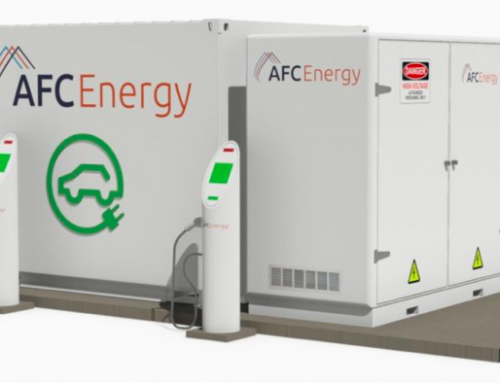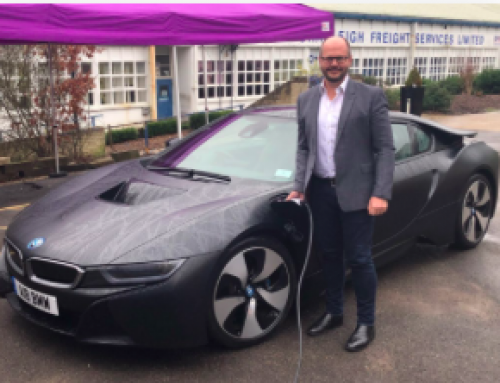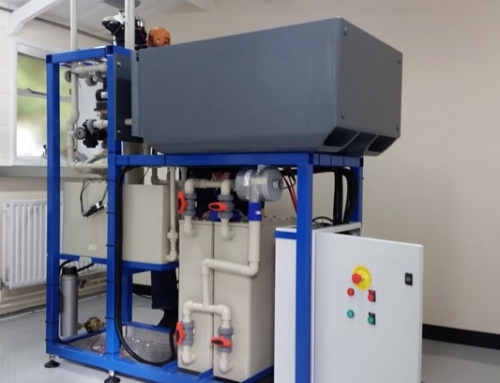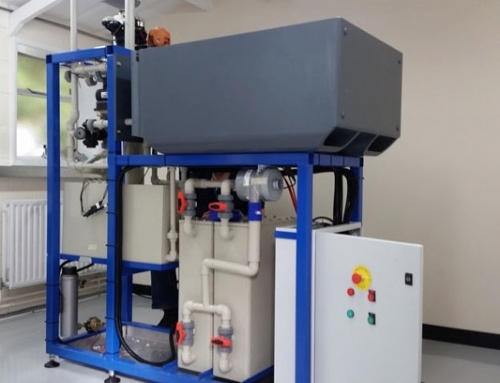AFC Energy, the hydrogen fuel cell manufacturers, has clearly impressed the market recently with its share price climbing steadily from 5 pence in early November to above 25p today. It had not been at this level since the end of 2015, and had been floating around 5p for over a year. A string of announcements in early November may have been the trigger.
The company first issued an operational update after the end of its financial year on 31 October. AFC’s technology is based on the so-called alkaline fuel cell[1], which has the advantage over other types of fuel cell in working with impure hydrogen and being relatively cheap, but with the disadvantage of less power for a given size.
Then on 7 November AFC announced that it had developed a version with high power density that could match other fuel cells. The main improvement comes from a better internal membrane, which allows a higher current to flow through the cell. AFC claims in another announcement that the new membrane, called AlkaMemTM, would also be valuable in electolysers, which generate hydrogen from electricity, and in redox flow batteries.

www.afcenergy.com
AFC has been improving the performance and manufacturability of its fuel cells for several years. It has lived on grants and has not yet reported any sales revenue (no financial information was given in the end October update). The problem has always been to find a reliable market. Vehicle manufacturers have preferred alternative technologies because power density is of prime importance and clean hydrogen is available. AFC’s focus had first been on industrial plants that produced hydrogen as a by-product and wanted to make their own electrical power with it. Then the focus was on biomass plants that produced hydrogen. Nothing is said about either in AFC’s latest reports.
Instead the focus is on off-grid chargers for electric vehicles (EVs). AFC quote a report funded by Scottish Power which concludes that in order to meet the government’s 2050 Net Zero policy, the UK will need to invest £100 billion in new grid infrastructure including 25 million EV charging points. Anything that can reduce these numbers is welcome. One way is to produce electricity from fuel cells.
AFC has therefore developed a portable EV charger for demonstration to potential customers, whom it thinks are multi-user sites such as fleet operators, car parks and shopping malls. It produces 20kW using a tank of hydrogen and a fuel cell. To put this in perspective, EV batteries range in size from 40kWh for the bottom of the Nissan Leaf range to 100kWh for the Tesla S (you get 3 to 4 miles per kWh). Thus it would take AFC two hours to charge a single Nissan from zero and five hours to charge a single Tessla. This is regarded as fast charging: slow charging is for overnight from a source of a few kW, while rapid charging requires 50kW or above. The Tessla supercharger pumps out 120kW.
At the same time AFC is working with Rolec Services, Europe’s largest manufacturer of EV charging points, to market the charger. It is limited by the amount of hydrogen that can be stored, currently only enough for about two cars. This can be scaled up, but at a commercial scale the amount of hydrogen that can be stored becomes a major issue. AFC thinks it has the answer, which is ammonia. There is more hydrogen in a litre of ammonia (NH3) than in hydrogen gas, so less storage is needed. It is in any case more easily transported and is readily available because of its use in agriculture. It will have to be “cracked” into hydrogen and nitrogen before feeding the hydrogen into the cell.
This is not a new idea but there are still lots of questions to answer with regard to efficiency, cost and convenience. The Alkammonia project, of which AFC is a member, was started in 2014 to examine these issues. It has received significant EU backing but has not led to any commercial product. Now AFC has an OEM agreement with an undisclosed company.
Those who recently invested in the company must hope that the EV charger will finally lead to some revenue.
[1]Alkaline refers to the type of electrolyte used in the cell.





